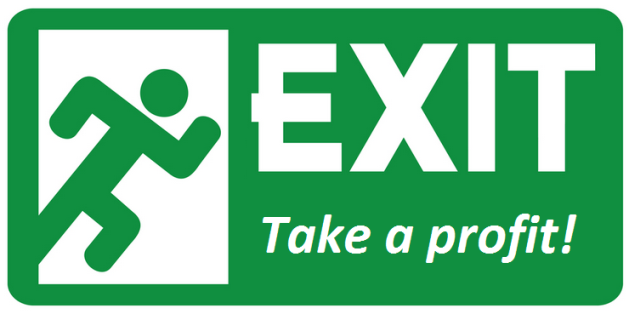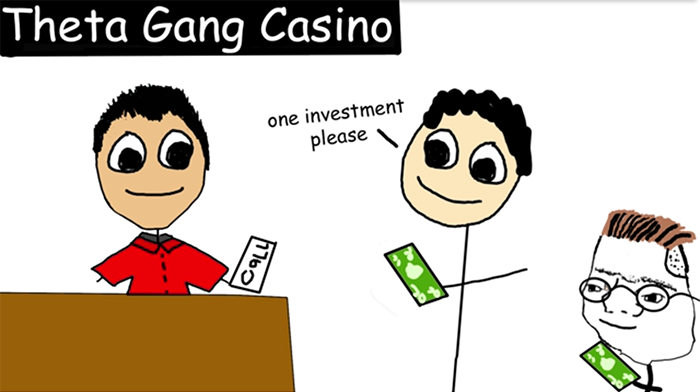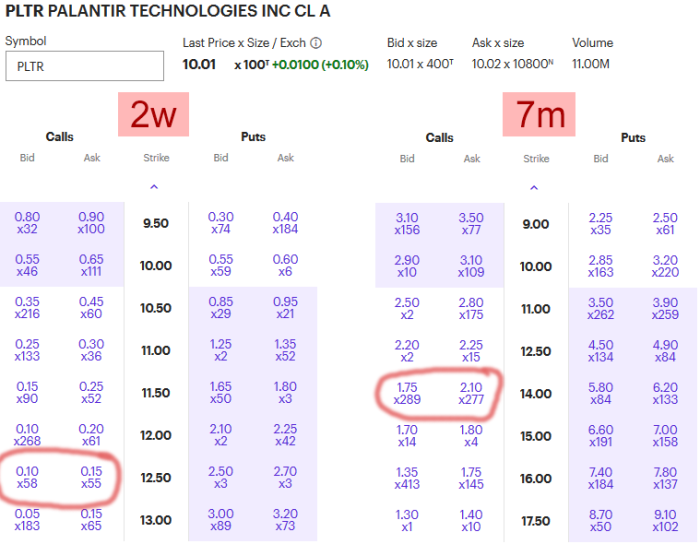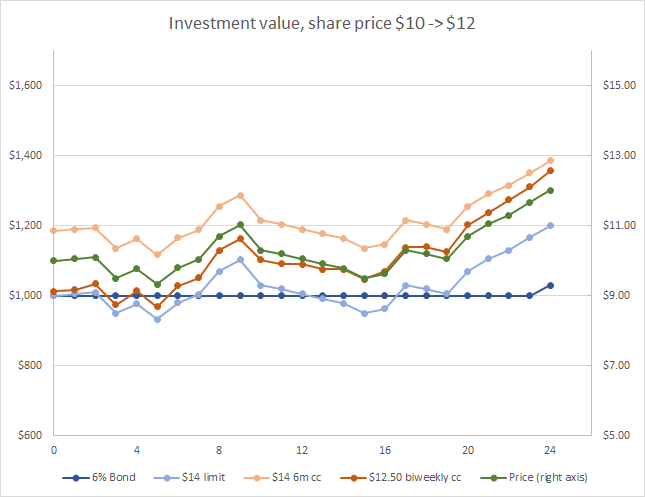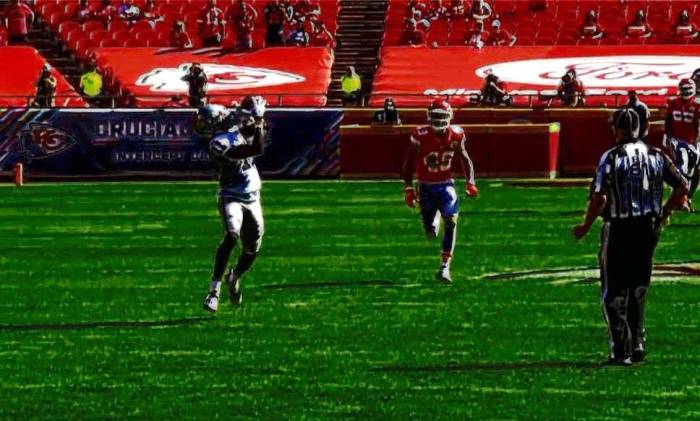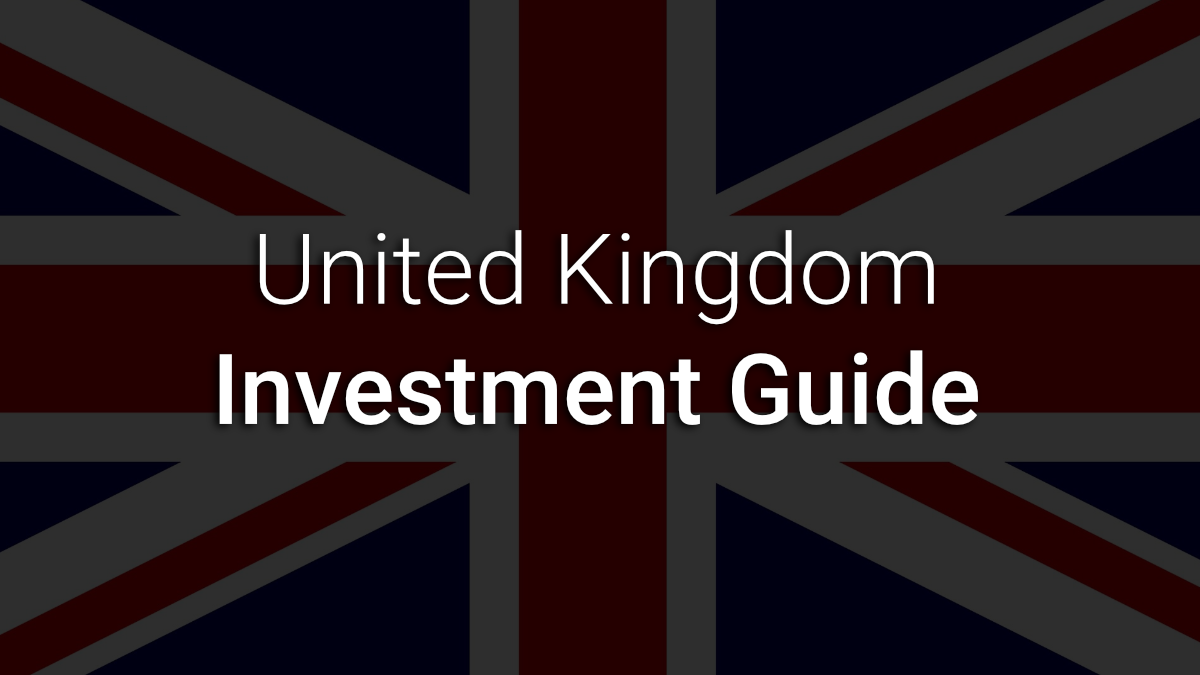A little starfighter chat and then my next iteration in trading. I passed pilot level 15 after maybe a dozen dogfights and fleet battles, that doesn't intrinsically mean much except in the context of unlockables. I have most of the mods I want, leaving a few to acquire for tuning and experimentation. And I've acquired some fun cosmetics like the Twi'lek skin and some neat fighter paint jobs. I'm pretty happy with the rate of unlocks, though it'd be neat to have more variety in cosmetics.
Having played some higher-level ranked matches, I'm still impressed with the combat mechanics and balance, really the only thing that's OP is teamwork.
Damn, that sounds like a motivational poster.
 Chris Chris |
The only thing that is OP is TEAMWORK.
|
I
previously described fleet battles mode as "an adaptation of the Battlefield model". That's somewhat true, however the presence of "squishy" and buff AI units, support builds, and castle keep analogues made me realize the obvious -
it also follows a team brawler formula. So, really, props to the developers for adapting both models to an X-Wing game. It works well but, as I previously said, takes the chaos of (WWII-inspired) dogfighting and the rules of a combat simulator and funnels them into a script.
Even if it was poorly-balanced (or only available vs AI),
a sandbox fleet combat mode would be great. And battles with several factions.
If any game deserves a 1.5 while still feeling like a complete experience, it's this one.
Covered calls for stable growth
Check it:
- Basic info for anyone who invests in mattress (not PRPL)
- How a covered call works
- How a covered call compares to other conservative investment strategies
So, holding equities forever will take advantage of the "stocks only go up" principle. You might also get dividends. It's zero-maintenance but if the price only goes right you've just been beaten by inflation. You've also been hit with
the opportunity cost of squirreling that money away.

|
My wealth has come from a combination of living in America, some lucky genes, and compound interest.
- Warren Buffet
|
Buying, holding, and never selling is basically the opposite of what made Warren Buffet a gazillionaire (over a period of 99 years). It's
rolling a rock down a hill vs rolling a snowball down a hill.
Lazy profit-taking
The slightly-more-active approach to bull market investing is the set a limit sell price: "I'm buying 10 shares of NVDA at $500 and telling my broker to sell when it hits $550". You'll get an email when your $5,000 investment has turned into $5,500 and it's hopefully sooner than retirement. You might miss out on NVDA going to $600, or be protected against it going to $557 before spending an eternity below your purchase price.
You take profit at some undefined point in the future and can then re-invest and earn Warren's approval.
The covered call
A while back,
Dad told me to get approved for options trading so I could start buying covered calls. That sounded frightening, but he knows his stuff. It took me a long time to get around to it; I think we had the discussion in 2011 or so. In retrospect that would have been a really, really good time to start. After
seeing how basic options trading works and wanting to check out theta gang, I tried a few CCs out.
Covered calls are basically you getting paid $15-$500 per hundred shares to set a limit sale price. Not-brother-Jon sent me a good
explainer, but I'll break it down here:
- You must own/buy 100 shares of a stock (for it to be this type of trade).
- You 'sell a call' wherein you agree to sell that stock if it exceeds an agreed-upon price (functionally like a limit sell).
- The person asking for this agreement pays you money for the privilege, you get this money immediately and keep it regardless of if the stock sale happens.
One little detail
To quote Papa Buffet again:

|
Rule #1: Never lose money.
Rule #2: Never forget rule #1.
|
Covered calls are a stable growth strategy that aligns with the principles of stackers and
FIREfolk. It can be derailed by a bear market, but you could absolutely apply this approach to inverse ETFs. It does, however,
require that you can put underperforming investments on ice or sell them before they nosedive. This isn't a killer disclaimer that makes this information worthless, at worst it's identical to investing in mattress or whatever your ESPP is. As we'll see, it can also help offset losses when fortunes turn against you.
But it's key to remember
this doesn't work with the Portnoy Scrabble bag strategy (I'm not even going to link this stupidity). Like with owning any stocks or ETFs, you need to have some faith that the company will grow in the short or long term. If you keep making that compound interest and avoid risky buys, you'll be on the Buffet track (as long as you're American and have good genes).
What does this look like irl?
Here's what calls look like in etrade for that In-Q-Tel company Palantir. Weird choice? I decided to use PLTR for a couple reasons:
- It recently went public and had some hype to be a meme stock, it wasn't.
- It traded at $10 when I took the screenshot, so it's numerically nice as an example.
- I can use it as a hypothetical, since oil convinced me to institute a policy of only trading ethically.
- It's a decent example of a cheap CC-ish stock because it shouldn't skyrocket nor should it go to zero, based on the work that they do.
Anyway, so I could invest $1,000 to buy 100 shares of PLTR at $10. If I wanted to make it part of a covered call,
I could give some random person or investment firm the option to buy my new shares if they exceed a certain price by a certain date. So on the left I have a two week time window where if we agreed upon a $12.50 sales point, they would pay me between $0.10 and $0.15 of premium per share (so $10-$15 for the 100). The exact price is like any bargaining, the bid/ask values are what etrade knows from identical transactions.
Thirteen-ish bucks is
not a lot of premium money and arguably not worth my time, but it sort of makes sense; what are the odds PLTR will jump by more than 25% in two weeks? Now, I could scale this investment up to make it more worthwhile, or take comfort in the Buffet principle that in two weeks I could flip these modest gains into another investment. But I can also
choose a different price/date combination to increase the premium.
What if we looked seven months out? That's a pretty big time window to hit $12.50, so a buyer is willing to pay $220-$225 for the agreement. That's not bad for me,
it's a couple hundred bucks just to effectively set a limit sale price on my shares!
Wait.
Why would anyone pay me this money? Simple, they think PLTR will be at $15 or $20 or $25 within that time frame. If it is, they have an agreement with me to take my shares for a mere $12.50 and potentially flip them for a considerable profit. But that's buying calls and that's for speculators. We're here to make compound interest.
Let's compare some apples to apples
What does this mean? Covered calls are a low-risk, low-reward alternative to stacking shares and putting in limit sell orders.
Basically, when buying stocks you should (at least consider) putting in a limit sell, but you should really consider writing a covered call. Like any trading, covered calls aren't guaranteed money (except the premium!), but they're generally better than their peers. Let's consider the scenarios in a six month window, you have $1,000 to invest in something low-risk, you're thinking:
- A 6% bond. This is a fairly high-yield bond if you're going to get it for face value, so there is some risk that it gets called or the company goes under. The bond pays every six months, so in April you'll get a cool $60 and can reinvest it and make Warren happy in the ultimate "never lose money" move.
- Buy PLTR at $10, limit sell at $14.
- Buy a PLTR covered call at $12.50, expiring in two weeks, using the values quoted above. Then do the same thing every two weeks as long as the calls don't exercise.
- Buy a PLTR covered call at $14, expiring in six months, using the values quoted above (for seven months).

So what happens if the share price (green, secondary axis) fluctuates a bit but stays around $10? Your bond pays its $30 barring anything dire. The limit order doesn't hit because the share price never reached $14, so you're enduring the same fate as people who buy stocks for retirement. Likewise, since neither call was exercised, you're still holding the stocks and ride the fluctuations where
the cheaper, biweekly contracts slowly pull away from the limit order and you end up pocketing about $150 in premiums. The six month covered call starts $180 in the green and ends that way - the call expired and you still have the shares, but had $180 to reinvest immediately.
Stocks sometimes go down, here we'll say PLTR loses a painful 20%. In this case, the bond looks good because it actually made money, but
that six month call almost covered your losses with the premium paid by a sad call holder. The biweekly strategy comes in a little worse off, though I should say that I was using the same premiums for each two week period. The limit/mattress strat? Down 20%.
What if PLTR pumps 50% to $15/share? Well, the bond holder looks like a sucker. The limit order hits at $14 and you make a hefty $400 on a $1,000 investment and have $1,400 in cash even before the six months is up (reinvestment opportunity). Not bad, and it's good you put the limit order in before the share price has a chance to correct.
The biweekly contract exercises at $12.50 and you walk away with $1,350 and potentially more time to reinvest - depending on the choice of the option holder. It should be noted that biweekly premiums would likely get much better as the share price climbed toward that $12.50 value, you could also adjust your strike price each time. Like the limit sell, the six month call is exercised some time between the $14 point and the expiration date, but you walk away with that $1,400 and the premium for a limit-beating $1,580.
There's one more scenario:
the share price increases, but doesn't hit the strike price. The call holder doesn't get to exercise at $12.50/$14 so you keep stock that has gained value and you pocketed the premium. Everything is great in this scenario, but again the covered calls come out ahead.
Whoa, okay, what are the downsides?
Well,
you don't want a $15 premium to tempt you into buying 100 shares of a stock that's going to drill. Don't accidentally uncover your position by selling your shares while the call is outstanding. And of course this requires some level of active trading. That's all I can think of, but I'm not a financial advisor and this is not financial advice. Did I do that right?
I followed all that, what else?
To reiterate, as long as the stock goes up, this pays out three ways: the difference between your strike price and purchase price, the premium, and any dividends the equity might have.
I used some actual but sample options prices and share price movement. Naturally, share prices can do just about anything, but will either be up/exercised, up/expired, even, or down. PLTR at $10 is a pretty cheap stock. In contrast,
TSLA is currently trading around $430 and will pay $900 for a +$10 contract expiring a week out. This requires a buy-in of $43k though.
I've talked stocks, but ETFs are great for CCs in the same way that they're great for buying normal shares that you might hold or limit sell.
Finally, it's worth mentioning that derivative pricing behaves a bit differently from equities. A covered call investor can
use factors such as volatility to time their transactions for the highest premiums.
Fidelity and 401k
In other news, it looks like Fidelity charges a montly "recordkeeping fee" for each 401k election. Because they can't make enough off of hundreds of thousands in client money. We'll find out if it applies to their 401k active trading service which I'm happy to find out they have.
Fantasy
3-1 across the board.
|
Week
|
d'san andreas da bears
Medieval Gridiron
|
Covid-20
Password is Taco
|
Dominicas
Siren
|
|
1
|
Danville Isotopes
110.8 - 72.5 W (1-0)
|
Black Cat Cowboys
155.66 - 78.36 W (1-0)
|
TeamNeverSkipLegDay
136.24 - 107.50 W (1-0)
|
|
2
|
Screaming Goat Battering Rams
119.9 - 105.9 W (2-0)
|
[Random UTF characters resembling an EQ]
115.50 - 115.74 L (1-1)
|
Dem' Arby's Boyz
94.28 - 102.02 L (1-1)
|
|
3
|
Nogales Chicle
106.5 - 117.8 L (2-1)
|
Circle the Wagons
100.42 - 90.02 W (2-1)
|
JoeExotic'sPrisonOil
127.90 - 69.70 W (2-1)
|
|
4
|
Britons Longbowmen
122.9 - 105.1 W (3-1)
|
Staying at Mahomes
123.28 - 72.90 W (3-1)
|
Daaaaaaaang (2-2)
138.10 - 108.00 W (3-1)
|

|
It's a secret to everybody. |
� |
From Secret Moblin in The Legend of Zelda (pic unrelated) |
Some posts from this site with similar content.
(and some select mainstream web). I haven't personally looked at them or checked them for quality, decency, or sanity. None of these links are promoted, sponsored, or affiliated with this site. For more information, see
.



 Chris
Chris








